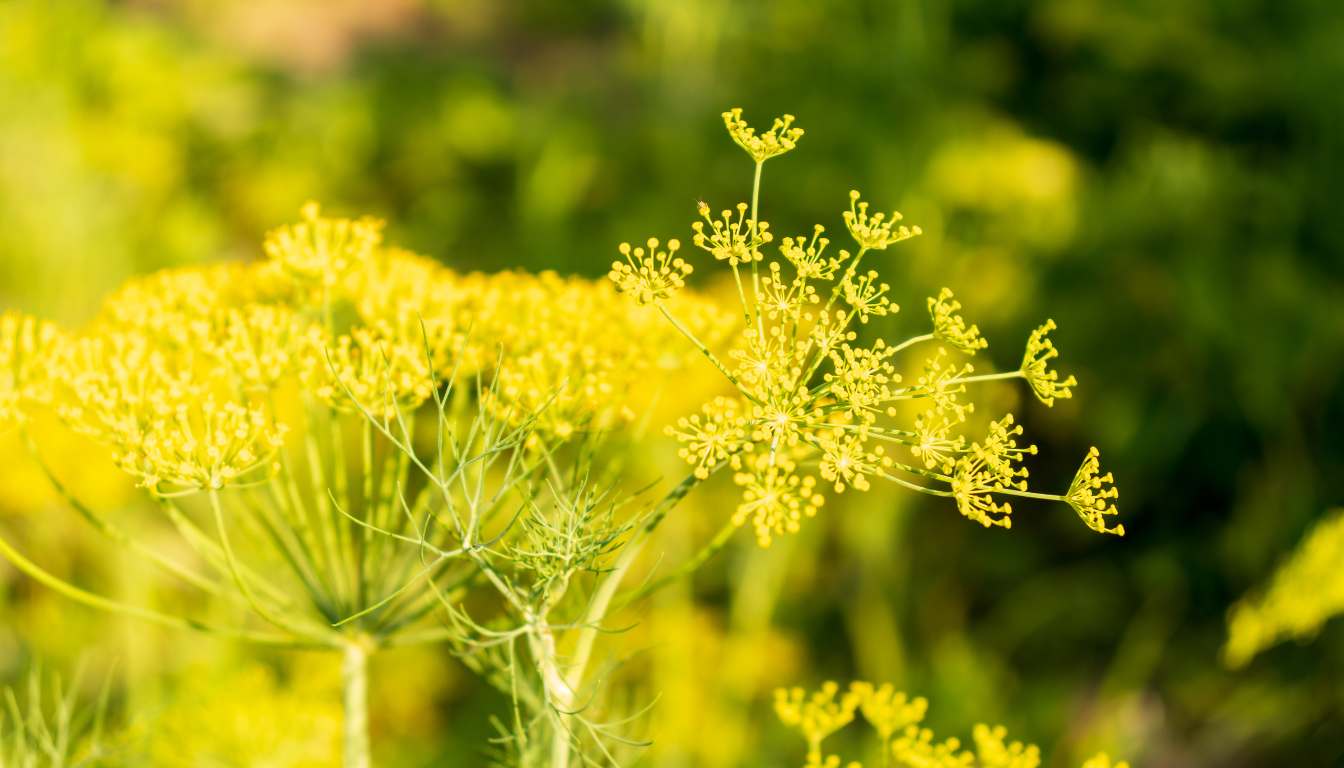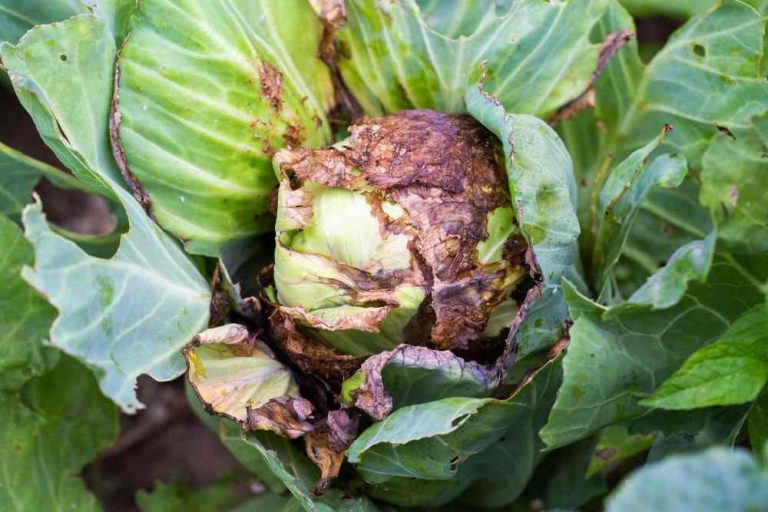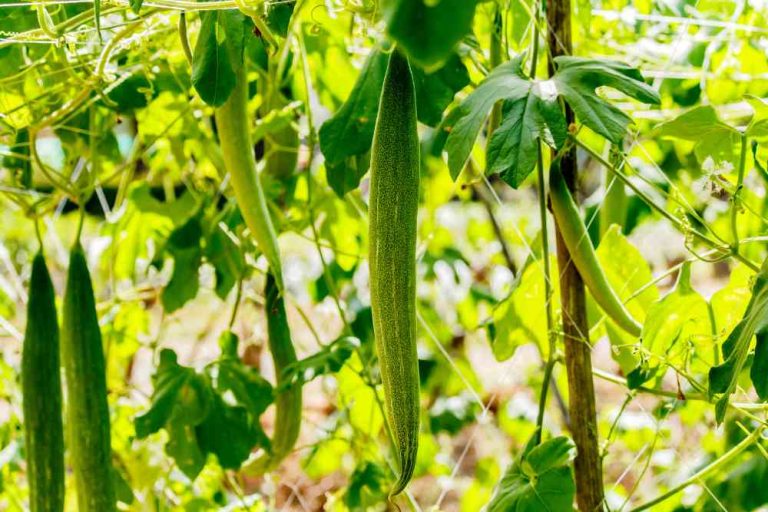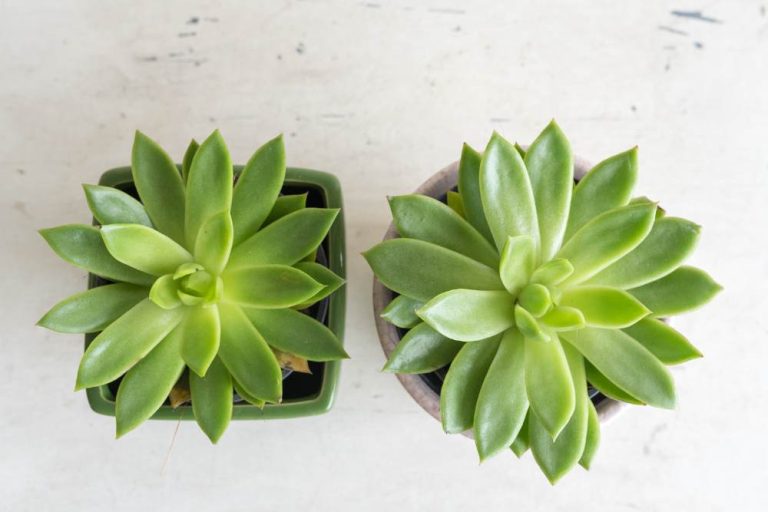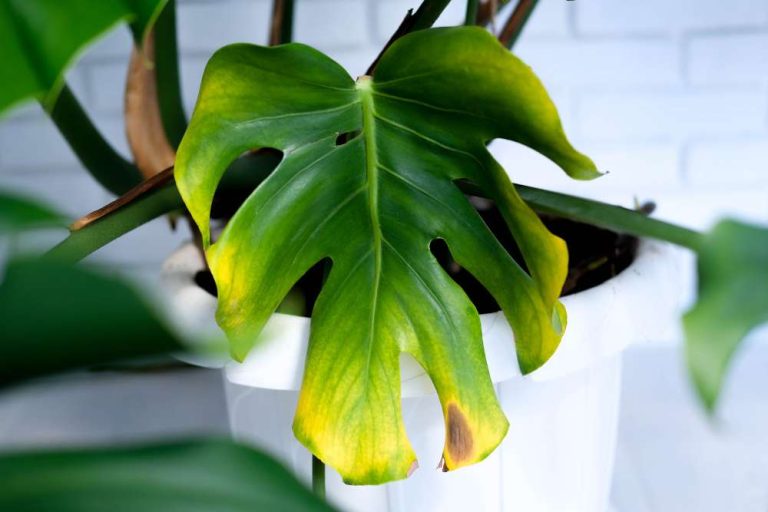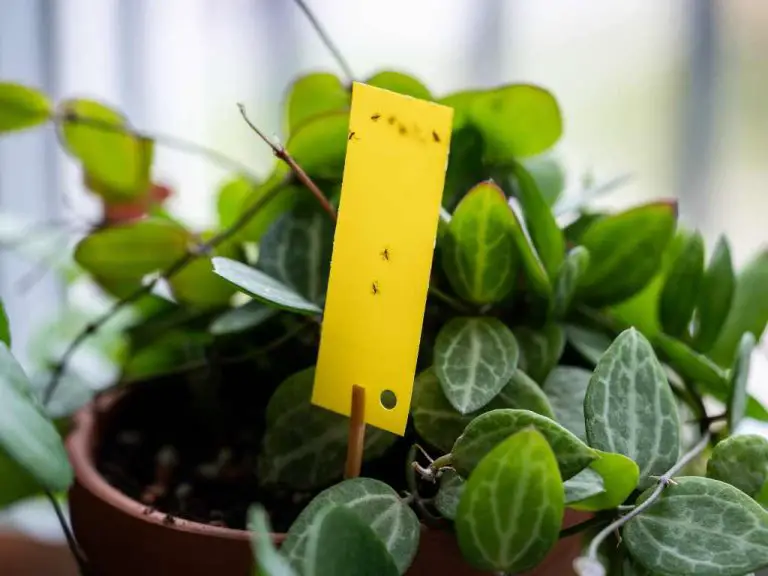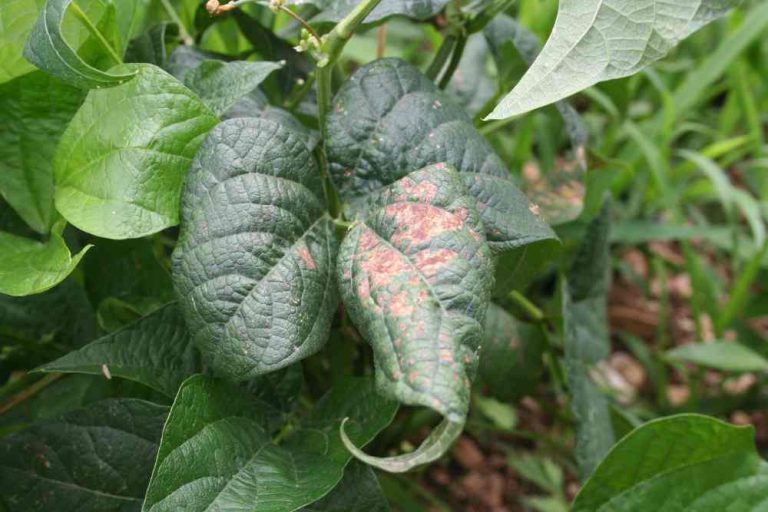Why is My Dill Turning Brown? Troubleshooting and Tips
Welcome to our gardening guide, where we uncover the answer to a common question that plagues many dill plant enthusiasts: Why is my dill turning brown? If you’ve noticed your dill leaves taking on a less vibrant hue, fret not! In this article, we’ll explore the various factors that could be causing your dill plants to turn brown and provide helpful tips to revive and maintain their green glory.
Key Takeaways:
Environmental Factors Affecting Dill Plant Color
When you notice your dill plants turning brown, it’s important to understand the environmental factors that could be contributing to this issue. Several factors can cause dill browning, including overwatering, underwatering, extreme temperatures, and poor soil conditions. These factors can lead to stress in the plant, resulting in the leaves turning brown and eventually dying.
Overwatering is a common cause of dill browning. Dill plants prefer well-drained soil, and excessive moisture can lead to root rot and nutrient leaching, causing the leaves to turn brown. On the other hand, underwatering can also stress the plants, causing them to dry out and turn brown. It’s crucial to strike a balance and provide the right amount of water for your dill plants.
Extreme temperatures can also affect the color of dill plants. Excessive heat can cause wilting and browning of the leaves, while extreme cold can lead to frost damage and discoloration. Additionally, poor soil conditions, such as nutrient deficiencies or compacted soil, can impact the overall health of dill plants and result in browning.
Bottom-Up Browning
A specific pattern of browning to be aware of is bottom-up browning. Dill plants that are reaching maturity may naturally start to turn brown from the bottom leaves and progress upwards.
This is a normal part of the plant’s life cycle and is not necessarily indicative of a problem. However, if the browning is accompanied by other issues, such as pest infestations or disease symptoms, it’s crucial to investigate further.
Understanding the environmental factors that can affect dill plant color is essential for maintaining the health and vigor of your plants. By providing appropriate watering, ensuring optimal soil conditions, and protecting your plants from extreme temperatures, you can help prevent dill browning and enjoy a thriving herb garden.
Fungal and Bacterial Diseases

One of the common causes of dill plants turning brown is fungal and bacterial diseases. These diseases can affect the overall health and appearance of the plant, leading to brown spots on the leaves and eventual death if left untreated. Two common diseases that can affect dill plants are powdery mildew and downy mildew.
1. Powdery Mildew
Powdery mildew is a fungal disease that appears as a white or gray powdery coating on the leaves and stems of dill plants. As the disease progresses, the affected areas may turn brown. It thrives in warm and humid conditions and can spread rapidly, especially in crowded and poorly ventilated spaces.
To prevent powdery mildew, ensure proper spacing between dill plants and provide adequate air circulation. If the disease is already present, remove and destroy the affected parts and consider using a fungicide as a last resort.
2. Downy Mildew
Downy mildew is another common fungal disease that affects dill plants. It appears as yellow patches on the upper surface of the leaves and fuzzy growth on the underside. Over time, the affected areas may turn brown and wither. Downy mildew thrives in cool and moist conditions, making it a common problem in early spring or late summer.
To prevent downy mildew, avoid overhead watering and provide sufficient spacing between plants to promote air circulation. If the disease is already present, remove and destroy the infected parts to prevent further spread.
Another bacterial disease that can affect dill plants is bacterial leaf spot. It causes brown spots with a yellow halo to form on the leaves, eventually leading to wilting and death. Bacterial leaf spot is commonly spread through contaminated soil, water, or plant debris.
To prevent this disease, practice good sanitation by removing any infected leaves and debris. Avoid overhead watering and use sterilized tools when pruning or handling the plants. If the disease persists, consider removing and destroying the affected plants to prevent further spread.
Pest Infestations
Pest infestations can be a major culprit behind dill plants turning brown and dying. Common pests that can wreak havoc on your dill plants include aphids, spider mites, and caterpillars. These tiny invaders feed on the leaves and stems of the plant, causing discoloration, wilting, and even death if not properly controlled.
To prevent pest infestations and keep your dill plants healthy, it is crucial to implement effective pest control measures. Regularly monitoring your plants is key to detecting any signs of pest activity early on. If you spot any aphids, spider mites, or caterpillars, you can try using natural remedies like neem oil or insecticidal soap to eliminate them.
Proper Dill Plant Care
Additionally, practicing proper dill plant care can help prevent and manage pest infestations. Firstly, make sure to provide your dill plants with adequate sunlight and well-drained soil, as healthy plants are less susceptible to pests. Maintaining proper spacing between plants can promote good air circulation and deter pests from spreading.
Regularly inspecting your dill plants for any signs of damage or infestation is crucial, especially on the undersides of the leaves where pests often hide. Promptly remove any infested or damaged foliage to prevent the pests from spreading to other parts of the plant.
Always remember to follow good gardening hygiene practices, such as cleaning up fallen leaves and plant debris, to minimize pest habitat.
Nutrient Deficiencies
Nutrient deficiencies can be a major factor in causing dill plants to turn brown. When essential nutrients such as nitrogen, phosphorus, and potassium are lacking, the overall health and color of the plant can be affected. These deficiencies can lead to stunted growth, yellowing leaves, and ultimately browning.
To prevent dill plants from turning brown due to nutrient deficiencies, it is important to ensure balanced soil nutrition. Conduct a soil test to determine the nutrient levels and pH of your soil. Based on the results, you can amend the soil with organic matter or appropriate fertilizers to provide the nutrients for healthy plant growth.
In addition to soil nutrition, proper fertilization practices are essential. Avoid over-fertilizing, as this can lead to nutrient imbalances and further damage the plants. Follow the instructions provided by the fertilizer manufacturer and consider using slow-release fertilizers to provide a consistent supply of nutrients to the plants over time.
Preventing Nutrient Deficiencies
Regularly monitoring the plants for any signs of nutrient deficiencies, such as yellowing leaves or poor growth, can help you take timely action. Adjust the fertilization schedule if needed and carefully observe the response of the plants. Remember that maintaining a healthy balance of nutrients is key to preventing dill plants from turning brown.
Cultural Practices
Proper care and attention to cultural practices are essential for maintaining the health and vibrancy of your dill plants. By following these guidelines, you can prevent your dill plants from turning brown and ensure their optimal growth.
- Watering: When watering your dill plants, it’s best to water at the base rather than using overhead watering methods. This helps prevent fungal diseases that can contribute to browning. Additionally, ensure that you provide adequate water without overwatering or underwatering, as both extremes can stress the plants and cause discoloration.
Read – 9 DIY Automatic Watering System for Indoor Plants
- Spacing and Pruning: Proper spacing between dill plants allows for adequate air circulation, reducing the risk of fungal diseases. Additionally, regular pruning helps remove any dead or diseased plant material, maintaining the overall health of the plants and preventing the spread of pathogens.
- Soil Nutrition: To ensure optimal nutrient uptake, it’s important to provide balanced soil nutrition for your dill plants. Conduct a soil test to determine any nutrient deficiencies and make appropriate amendments. Regular fertilization with a balanced fertilizer can also help prevent nutrient deficiencies and keep your dill plants green and healthy.
Tips for Saving Your Dill Plants
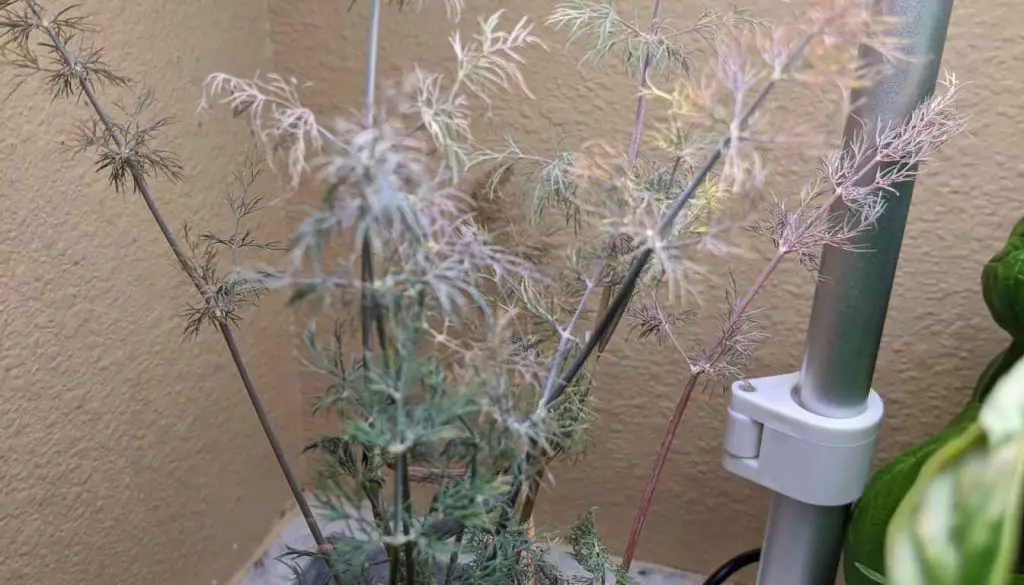
Are your dill plants starting to turn brown? Don’t worry, there are steps you can take to save them and restore their vibrant green color. By addressing the underlying causes and implementing the right measures, you can prevent further browning and help your dill plants thrive. Here are some tips to get you started:
Adjust Watering Practices
Overwatering or underwatering can both contribute to dill browning. To prevent this, water your dill plants at the base rather than from above. This helps avoid wetting the leaves and stems, reducing the risk of fungal diseases. Make sure to provide sufficient moisture without overdoing it, as excessive watering can also lead to browning.
Address Nutrient Deficiencies
Nutrient deficiencies can cause dill plants to turn brown. Ensure your plants receive balanced nutrition by providing the right amount of nitrogen, phosphorus, and potassium. Use a suitable fertilizer and follow the recommended application instructions. Regular soil testing can also help you identify any nutrient imbalances and make necessary adjustments.
Implement Pest Control Measures
Pests can wreak havoc on your dill plants, causing them to turn brown and eventually die. Monitor your plants regularly for signs of pest infestations such as aphids, spider mites, or caterpillars.
If you spot any pests, take appropriate action immediately. This may involve using organic pest control methods or insecticidal soaps to prevent further damage and keep your dill plants healthy.
Ensure Proper Cultural Practices
Proper cultural practices play a crucial role in preventing dill plants from turning brown. Provide sufficient spacing between plants to allow for air circulation, reducing the risk of fungal diseases.
Regularly remove any dead or diseased plant material to maintain plant health. Pruning can also help stimulate new growth and prevent overcrowding, enhancing the overall appearance of your dill plants.
FAQ
Why is my dill turning brown?
Dill plants may turn brown due to various environmental factors, fungal and bacterial diseases, pest infestations, nutrient deficiencies, or cultural practices.
What are the common fungal and bacterial diseases can cause dill plants to turn brown?
Environmental factors such as overwatering, underwatering, excessive heat or cold, and poor soil conditions can contribute to dill browning. Dill plants that reach maturity may also naturally turn brown and die, starting from the bottom leaves and progressing upwards.
What are the common fungal and bacterial diseases can cause dill plants to turn brown?
Common diseases that affect dill include powdery mildew, downy mildew, and bacterial leaf spot. These diseases can cause brown spots to appear on the leaves and eventually lead to the death of the plant if left untreated.
How can pest infestations cause dill plants to turn brown?
Pests such as aphids, spider mites, and caterpillars can damage dill plants and cause them to turn brown. These pests feed on the leaves and stems of the plant, leading to discoloration, wilting, and eventual death if not controlled.
Can nutrient deficiencies contribute to dill plant browning?
Yes, a lack of essential nutrients such as nitrogen, phosphorus, and potassium can lead to stunted growth, yellowing, and browning of the leaves. Ensuring balanced soil nutrition and providing appropriate fertilization can help prevent nutrient deficiencies and maintain the green color of dill plants.
How can cultural practices help prevent dill plants from turning brown?
Proper watering, adequate spacing, and regular pruning are important cultural practices that can prevent dill plants from turning brown. Watering dill plants at the base and avoiding overhead watering can help prevent fungal diseases. Providing sufficient space for air circulation and removing any dead or diseased plant material can also contribute to the overall health and vitality of dill plants.
What are some tips for saving my dill plants from turning brown?
To save your dill plants, it is essential to identify the underlying cause and take appropriate action. Some tips include adjusting watering practices, addressing nutrient deficiencies, implementing pest control measures, and ensuring proper cultural practices. Regular monitoring and timely intervention can help maintain the green and healthy appearance of your dill plants.
- 29 Bucket Gardening Ideas for a Lush, Compact Garden - October 30, 2024
- 20+ Chic Boho Bedroom Ideas for a Cozy and Stylish Retreat - June 20, 2024
- 12+ Modern Boho Living Room Ideas to Create a Unique Oasis - June 10, 2024

